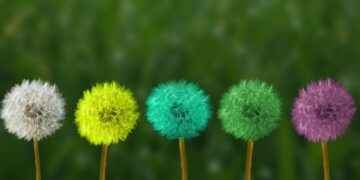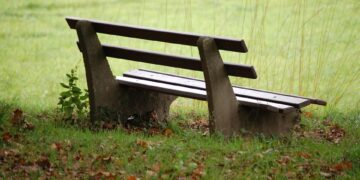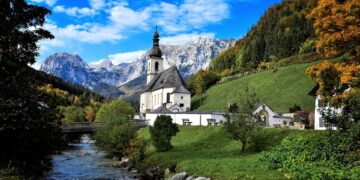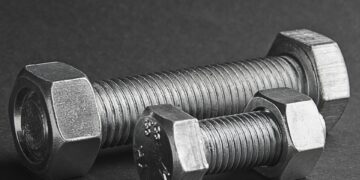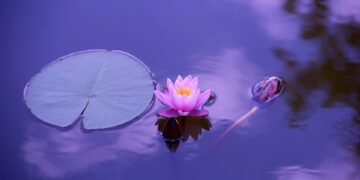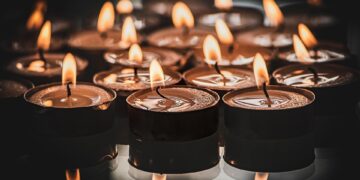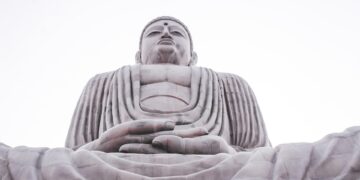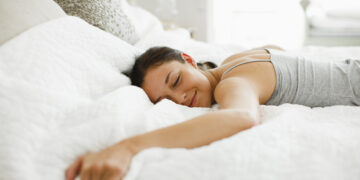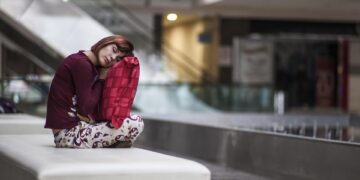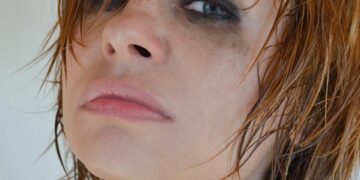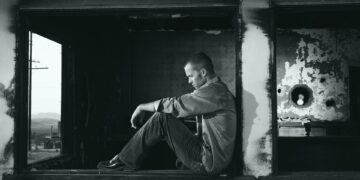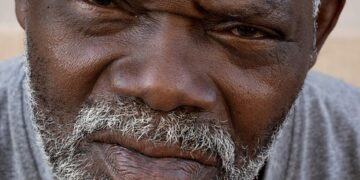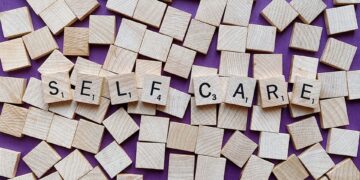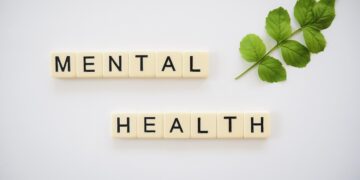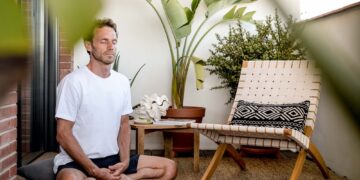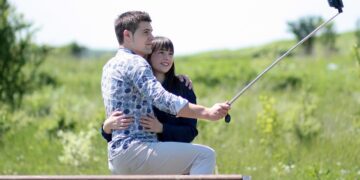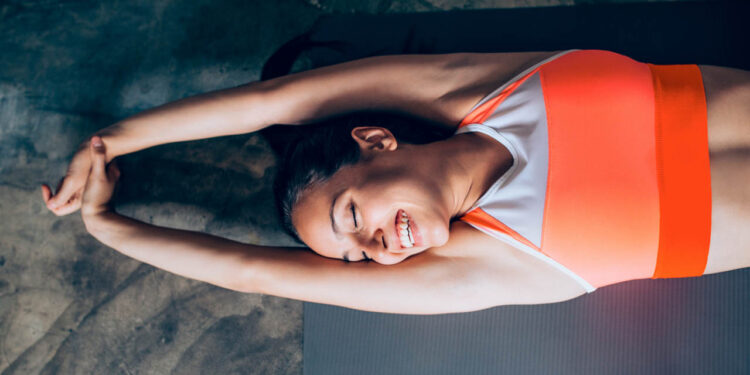Unwind and Unplug: The Ultimate Guide to Physical Relaxation Techniques
Life can be hectic and demanding, leaving many of us feeling stressed and overwhelmed. In today’s fast-paced world, it’s more important than ever to find ways to unwind and unplug from the chaos. This ultimate guide will explore various physical relaxation techniques that can help you relax, rejuvenate, and recharge.
The Importance of Physical Relaxation
Physical relaxation is essential for overall well-being. When we are constantly in a state of stress, our bodies release cortisol, the stress hormone, which can have negative effects on our health. Chronic stress can lead to a variety of health issues, including high blood pressure, heart disease, and weakened immune system. By incorporating physical relaxation techniques into your daily routine, you can lower your stress levels, improve your mood, and boost your overall health.
Deep Breathing Exercises
One of the simplest and most effective ways to relax your body is through deep breathing exercises. Deep breathing can help calm the mind, reduce stress, and promote relaxation. To practice deep breathing, find a quiet and comfortable place to sit or lie down. Close your eyes and take slow, deep breaths in through your nose, filling your lungs with air. Hold your breath for a few seconds, then exhale slowly through your mouth. Repeat this process for several minutes, focusing on your breath and letting go of any tension in your body.
Progressive Muscle Relaxation
Progressive muscle relaxation is a technique that involves tensing and then relaxing different muscle groups in the body. This can help release physical tension and promote a sense of calm and relaxation. To practice progressive muscle relaxation, start by tensing the muscles in your toes and feet for a few seconds, then release and relax them. Move on to your calves, thighs, abdomen, chest, arms, and finally your face and neck. Focus on each muscle group individually, tensing and relaxing as you go. This can help you become more aware of tension in your body and learn to release it.
Yoga and Stretching
Yoga and stretching are excellent ways to relax your body and mind. Yoga combines physical postures, breathing techniques, and meditation to promote relaxation and reduce stress. By practicing yoga regularly, you can improve your flexibility, strength, and balance, while also calming your mind and reducing anxiety. Stretching can also help release tension in your muscles and improve circulation, leading to a greater sense of relaxation and well-being.
Massage Therapy
Massage therapy is a popular relaxation technique that can help reduce muscle tension, improve circulation, and promote relaxation. A professional massage therapist can target specific areas of tension in your body, using various techniques to release knots and promote relaxation. If you don’t have access to a massage therapist, you can also try self-massage techniques at home using a foam roller or massage ball. This can help release tension in your muscles and promote relaxation.
Hot Baths and Aromatherapy
Hot baths and aromatherapy are excellent ways to relax your body and mind. Soaking in a hot bath can help relax your muscles, reduce stress, and promote relaxation. Adding essential oils to your bath, such as lavender or eucalyptus, can enhance the relaxation benefits and promote a sense of calm. Aromatherapy involves using essential oils in a diffuser or applying them topically to promote relaxation and reduce stress. Experiment with different essential oils to find what works best for you.
Mindfulness Meditation
Mindfulness meditation is a practice that involves focusing on the present moment without judgment. By practicing mindfulness meditation, you can calm your mind, reduce stress, and promote relaxation. To practice mindfulness meditation, find a quiet and comfortable place to sit or lie down. Close your eyes and focus on your breath, paying attention to each inhale and exhale. If your mind wanders, gently bring your focus back to your breath. This can help you become more present and relaxed in the moment.
Guided Imagery and Visualization
Guided imagery and visualization are techniques that involve using your imagination to create a peaceful and relaxing mental image. By imagining yourself in a calm and tranquil setting, such as a beach or forest, you can promote relaxation and reduce stress. To practice guided imagery, find a quiet and comfortable place to sit or lie down. Close your eyes and visualize yourself in a peaceful and serene location, focusing on the sights, sounds, and smells around you. This can help transport you to a place of relaxation and calm.
Final Thoughts
In conclusion, physical relaxation techniques are essential for promoting overall well-being and reducing stress. By incorporating deep breathing exercises, progressive muscle relaxation, yoga, massage therapy, hot baths, aromatherapy, mindfulness meditation, guided imagery, and visualization into your daily routine, you can relax, rejuvenate, and recharge your body and mind. Take time each day to unwind and unplug from the chaos of life, and prioritize your physical relaxation for optimal health and well-being.
Remember to listen to your body and find what works best for you. Experiment with different relaxation techniques and discover what helps you feel most relaxed and rejuvenated. By making physical relaxation a priority in your life, you can reduce stress, improve your mood, and promote overall well-being. So take a deep breath, relax, and unwind. You deserve it.


